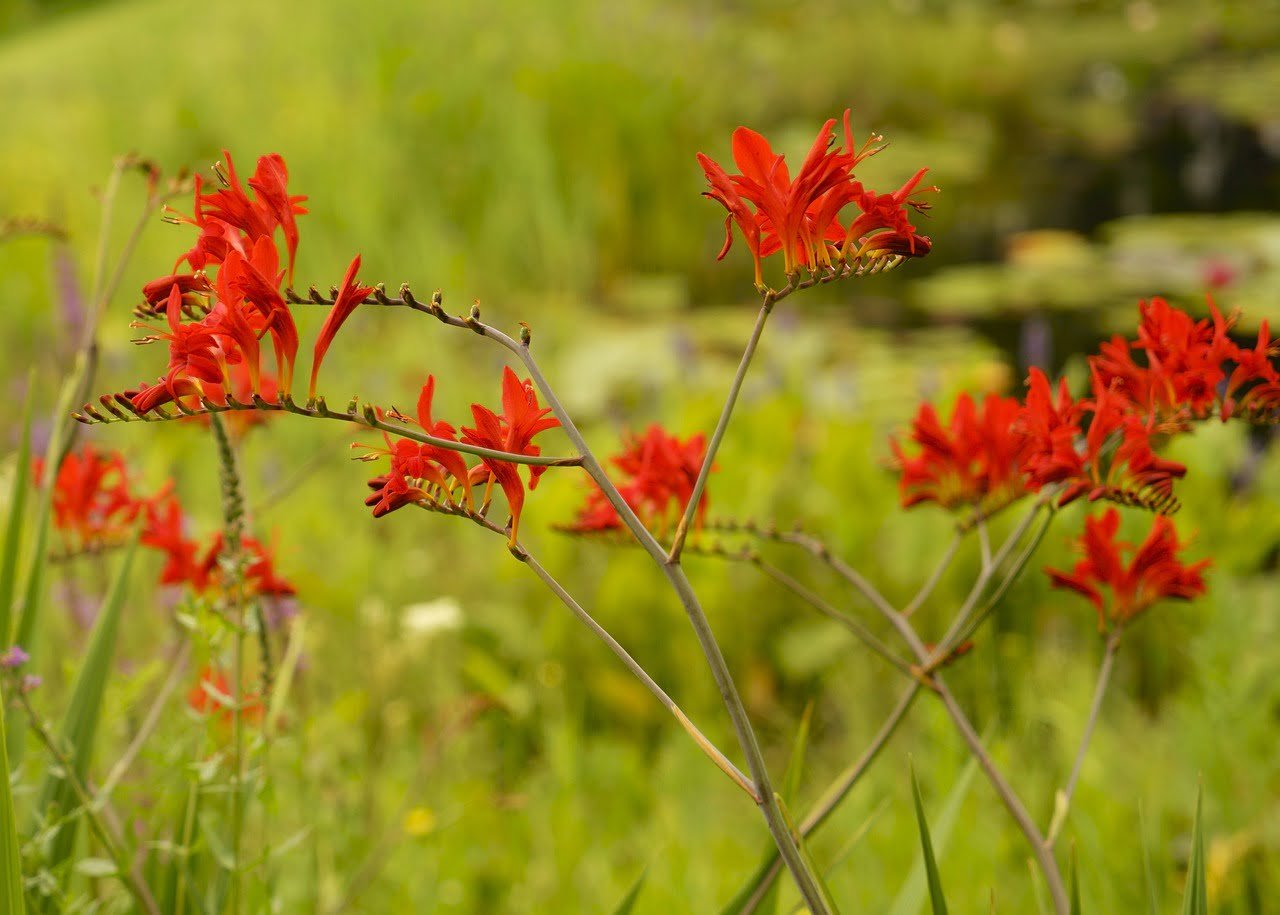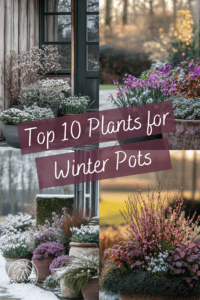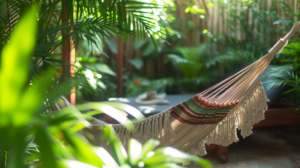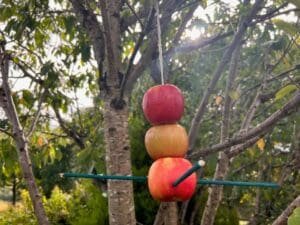With its graceful arching leaves and brightly coloured blooms that resemble small flocking flamingos, it’s no wonder crocosmia is such a garden favourite. But how exactly do you cultivate this eye-catching plant? Growing crocosmia is actually quite straightforward when you understand its needs. This comprehensive guide covers everything you need to know, from choosing varieties to planting, care, and troubleshooting problems. Read on to learn the secrets to successfully growing vibrant crocosmia flowers.
You might also be interested in: Summer Bulbs for Wild Gardens
Understanding Crocosmia
Sometimes called coppertips or montbretia, crocosmia hails from Africa, where it grows in grasslands and near streams. This herbaceous perennial fits neatly into the iris family, with blooms that resemble mini gladiolus flowers.
There are many crocosmia varieties to choose from in an array of heights and colours:
- Shorter types under 2 feet, ideal for front borders and containers
- Mid-size varieties reaching 3 to 4 feet, perfect for beds and borders
- Tall crocosmia cultivars approaching 5 feet, which make striking architectural statements
Flower colours span reds, oranges, yellows, pinks, and bicolored blooms. Crocosmia generally flowers in mid-late summer, but staggered blooming times spread out the display.
With its upright yet arching form and colorful summer flowers, crocosmia serves many ornamental roles. It brings movement and vibrancy when planted en masse in borders or used individually as container focal points.
Selecting the Right Crocosmia for Your Garden
When choosing crocosmia, consider your garden conditions and design goals. Crocosmia thrives in average, well-drained soils and full sun to partial shade. Check specific varieties for ideal conditions. For example, plant shorter crocosmia cultivars like ‘Lucifer’ towards the front of sunny borders or in containers by patios. Go for taller varieties like Crocosmia ‘Emily McKenzie’ to brighten up a partly shaded bed.
If aiming for continuous colour, combine early, mid, and late season bloomers like ‘George Davidson’ and ‘Severn Sunrise’. For lots of sizzle, mass plant a single bold crocosmia like ‘Fire King’ or go for a complementary colour scheme mixing orange and yellow varieties. Where winters are very cold, stick to hardy cultivars like Crocosmia × crocosmiiflora.
Planting Crocosmia
Crocosmia grows from corn-like corms, best planted in spring once danger of frost has passed. Follow these steps for successful planting:
- Prepare soil with compost or other organic material to improve drainage and nutrient levels
- Plant corms pointy end up at a 45 degree angle, 2 to 3 inches deep and 4 to 6 inches apart
- Set taller hybrids towards the back of beds at 8 to 12 inches spacing
- Water thoroughly after planting
For container plantings, allow at least a 12 inch depth pot and use a quality potting mix. Plant one to three corms per average sized container. Check soil moisture regularly as pots dry out faster than gardens. Apply a balanced liquid fertilizer monthly during the growing season.
Caring for Crocosmia
Easy-going crocosmia thrives with basic care:
- Water whenever the soil surface becomes dry to the touch, providing about 1 inch of water per week
- Top dress annually with compost or apply organic bloom fertilizer when foliage emerges
- Remove spent flowers to encourage reblooming
- Leave foliage over winter until it completely browns to nourish corms
- Mulch around plants to help retain soil moisture and control weeds
Every few years, lift and divide congested clumps of corms that have fewer flowers. Replant the offsets right away or store inside until spring. In zones below 6b, lift tender variety corms each fall and store frost-free over winter to ensure survival.
Troubleshooting Common Crocosmia Issues
Growing crocosmia rarely runs into serious problems, but here are some potential issues and solutions:
- Leaves with spots or mildew mean too much moisture. Improve drainage and water at the base only.
- Failure to bloom can indicate overcrowding or too much shade. Divide and replant in sunnier sites.
- Pest like spider mites cause stippling damage. Knock off with a strong stream of water or use insecticidal soap.
- Slugs and snails may chew leaves and flowers. Remove by hand or use nontoxic baits.
- Rodents may dig up and eat corms and roots over winter. Cover with wire mesh.
Catching problems early and providing optimum growing conditions prevents most potential issues with crocosmia.
FAQs – How To Grow Crocosmia
Q. How deep do you plant crocosmia corms?
Plant corms at a 45 degree angle with the pointy end up, 2 to 3 inches deep.
Q. What time of year does crocosmia bloom?
Depending on variety, crocosmia flowers from mid summer to early fall, with varying bloom times.
Q. What perennials complement crocosmia?
Good companions include other late summer bloomers like rudbeckia, echinacea, and helenium.
Q. Are crocosmia bulbs hardy?
Hardiness varies. Tender varieties only hardy to zone 7, while crocosmia ‘Lucifer’ cold hardy to zone 5.
Q. How much sun does crocosmia need?
Crocosmia prefers full sun to partial shade. At least 4 hours of direct sun daily ideal for best flowering.
Final thoughts
With loose plumes of colorful flowers and sword-like foliage, it’s easy to see why crocosmia always makes a statement in gardens. By understanding crocosmia’s growing needs, choosing varieties strategically, providing optimum planting and care, and addressing problems promptly, you’ll be rewarded with vibrant and bountiful blooms. With this guide under your belt, you are ready to begin your journey growing these captivating flowers.






